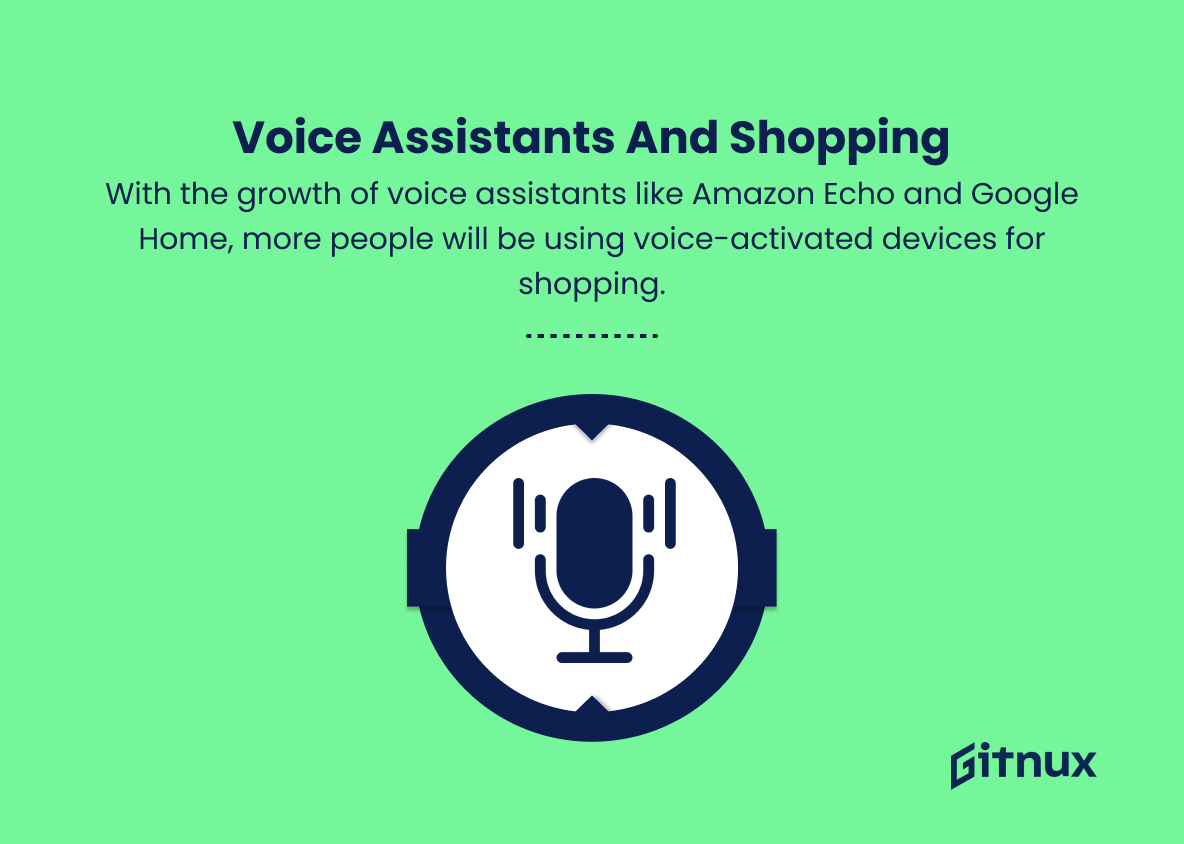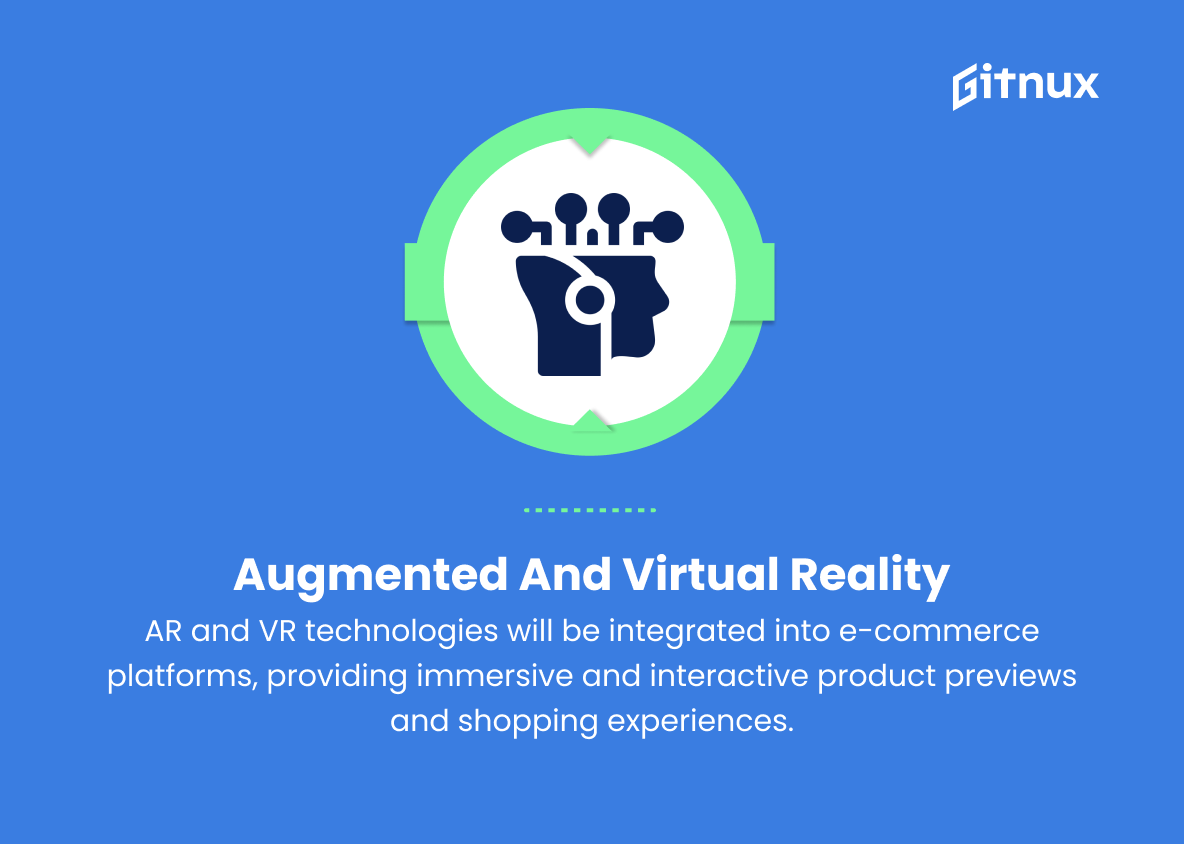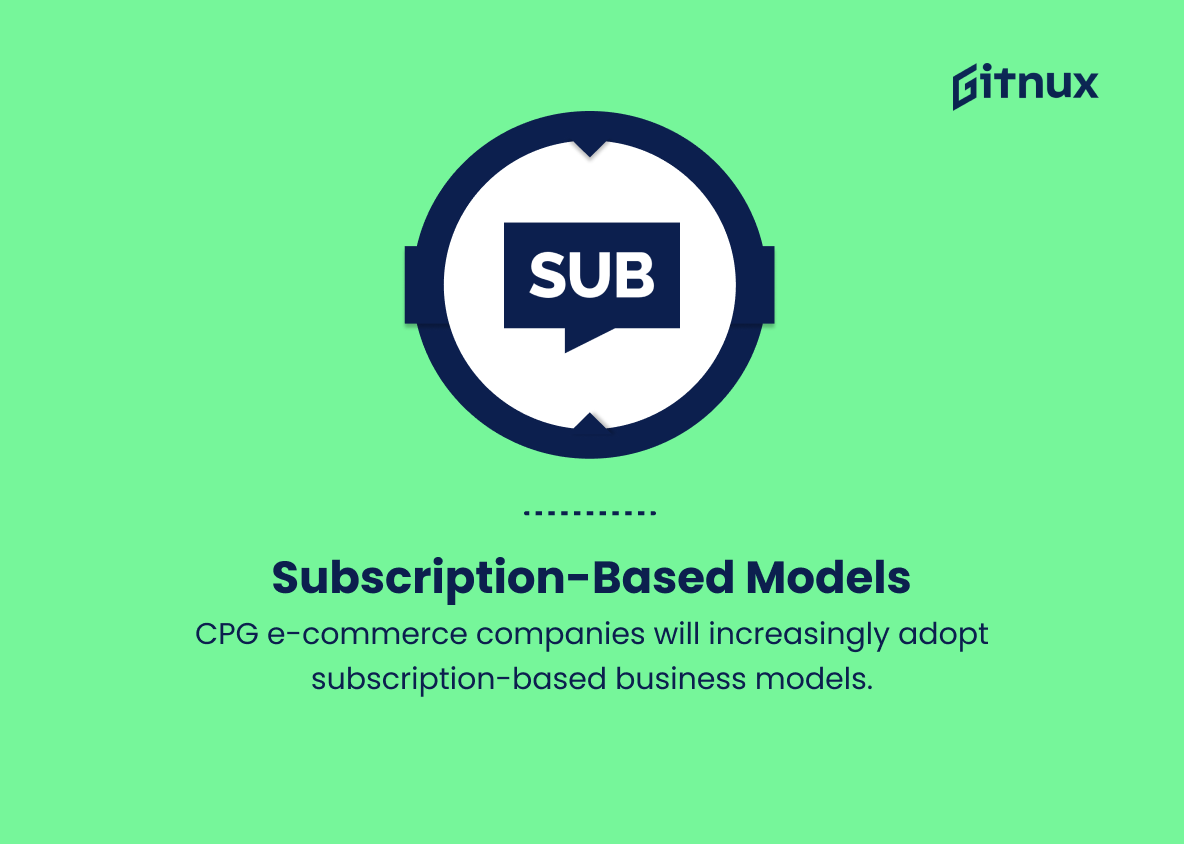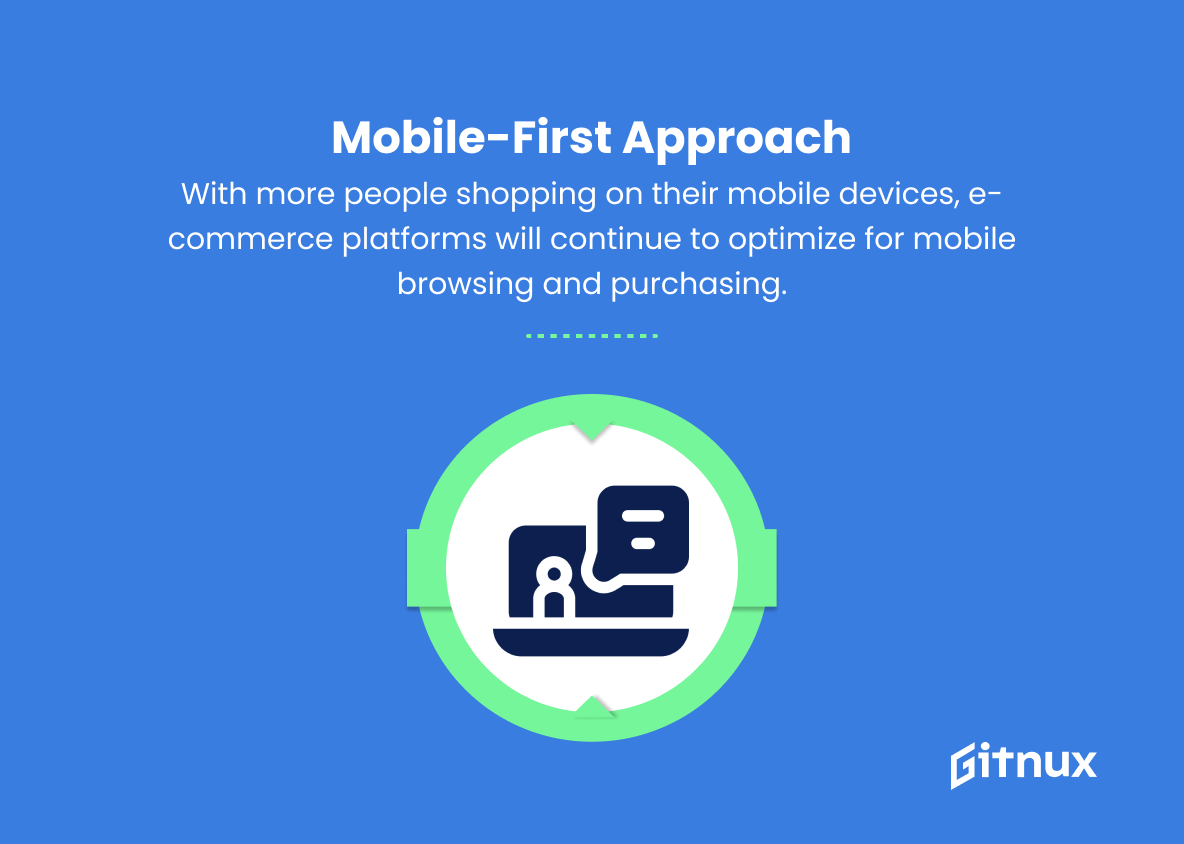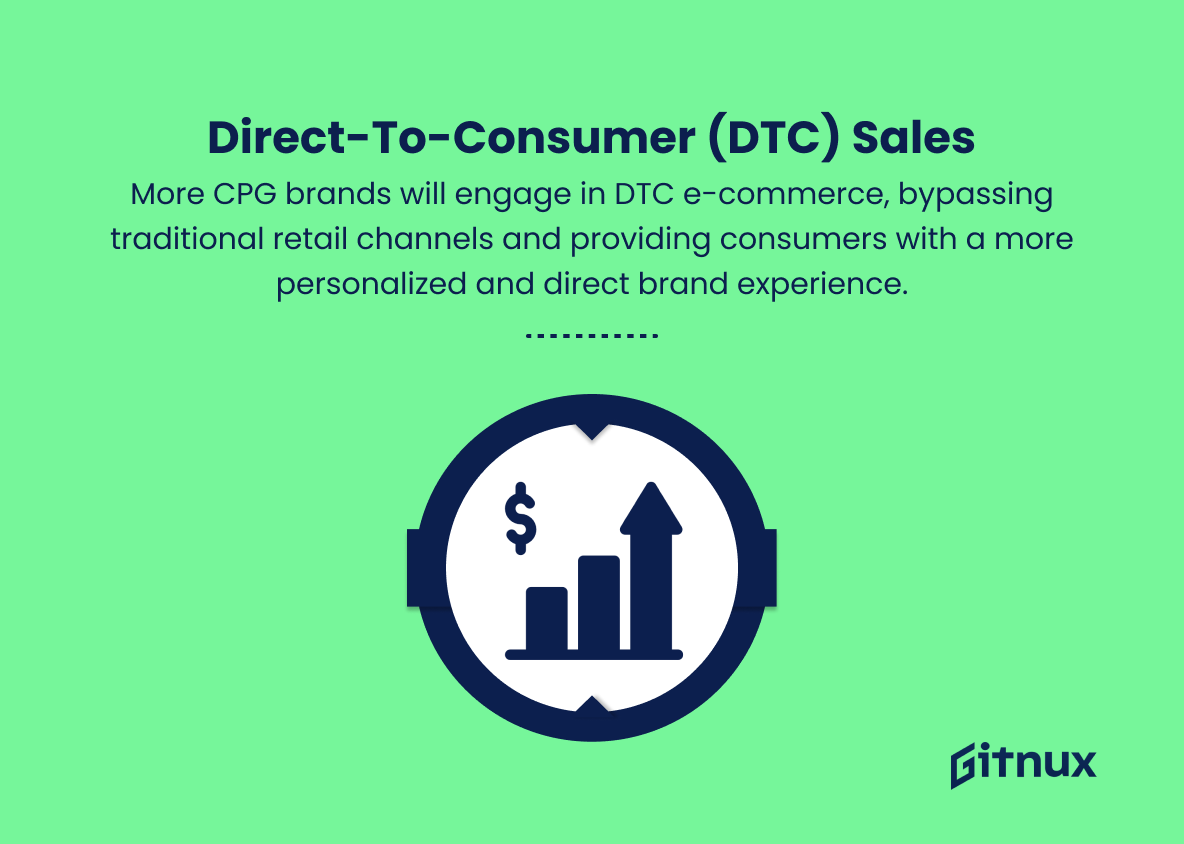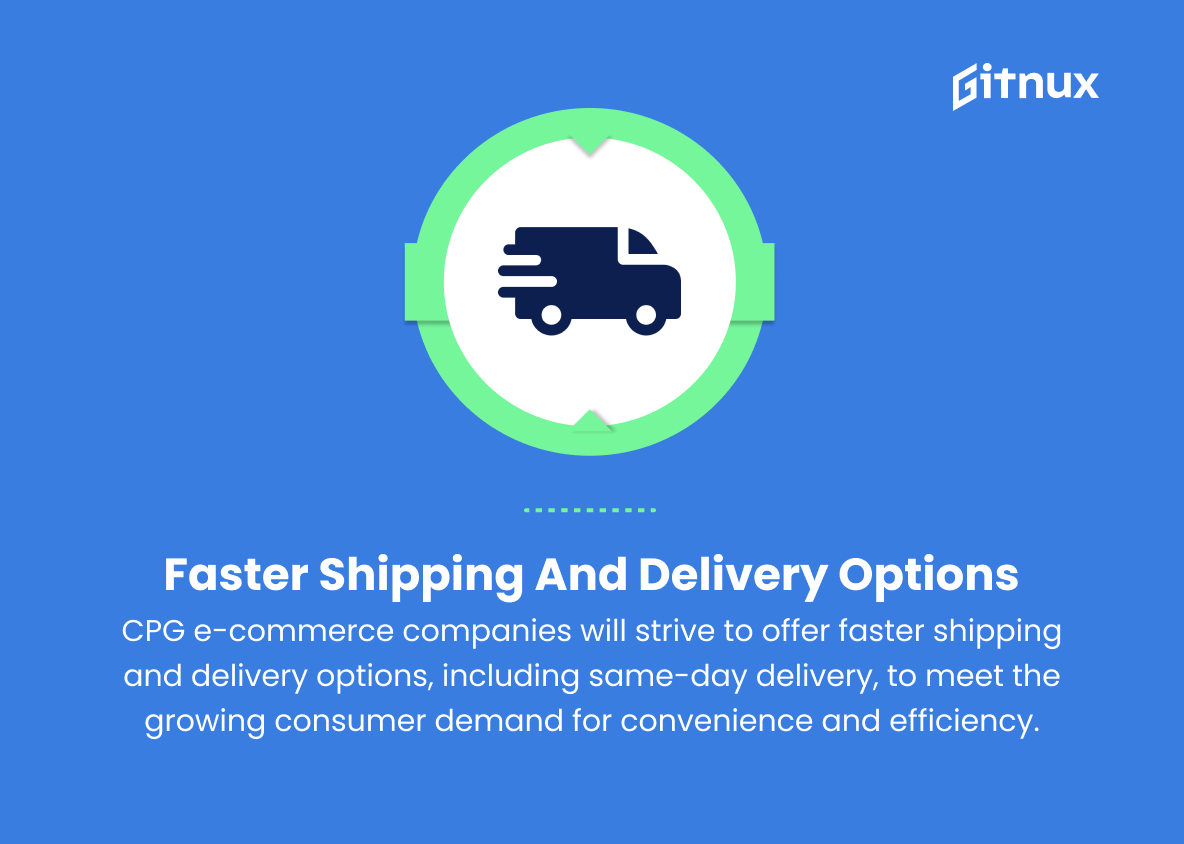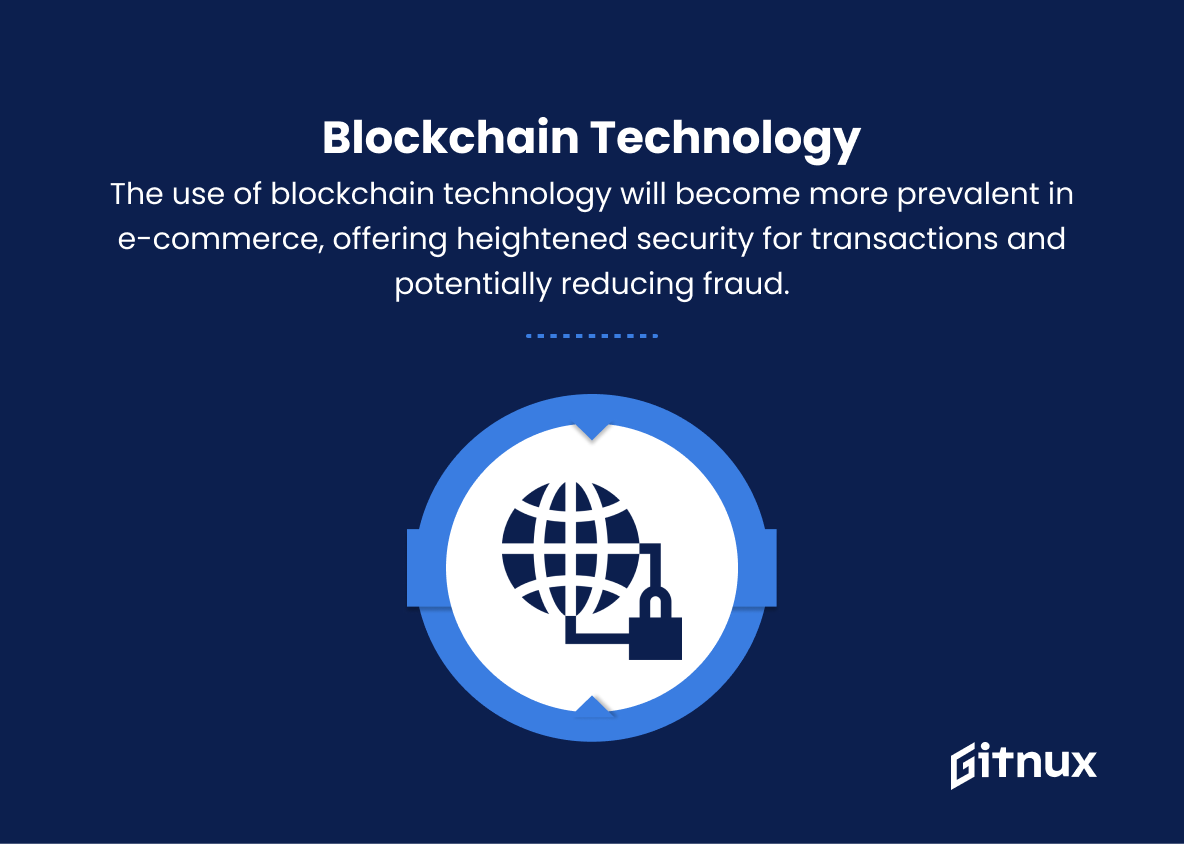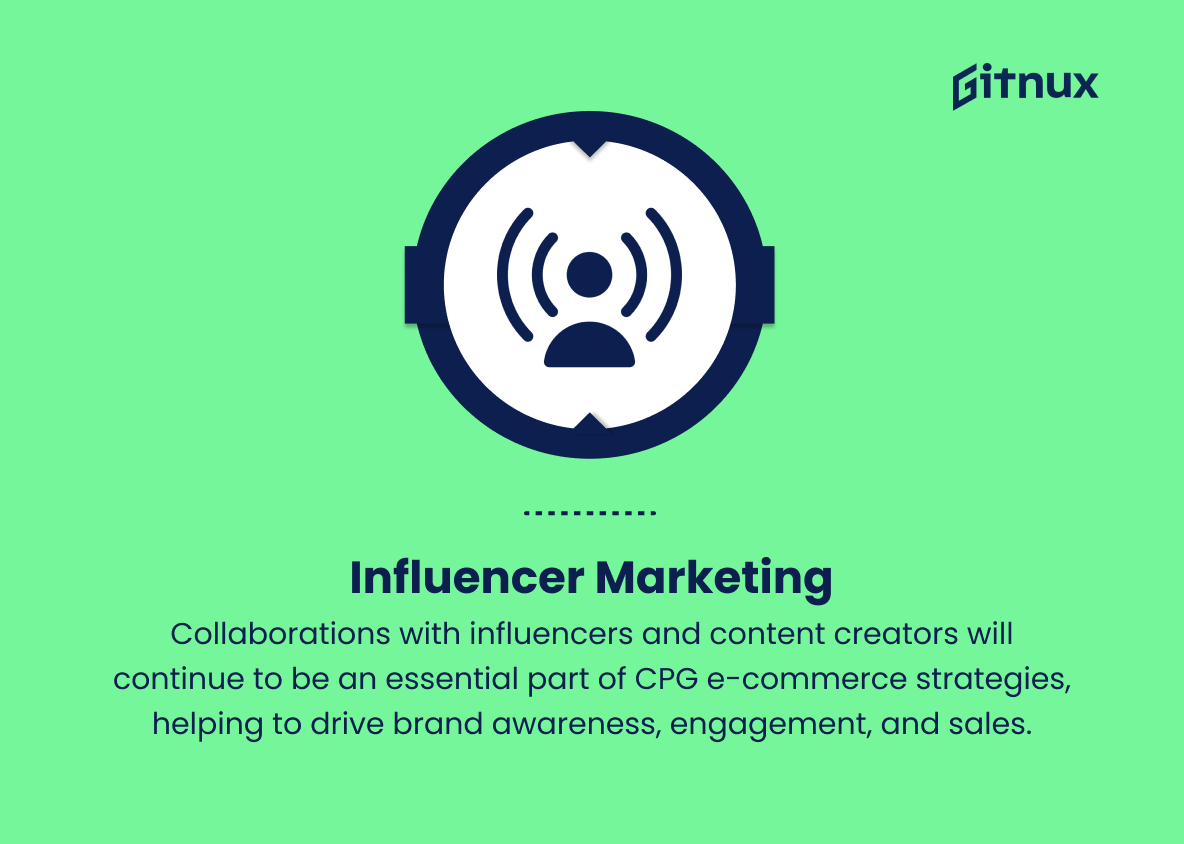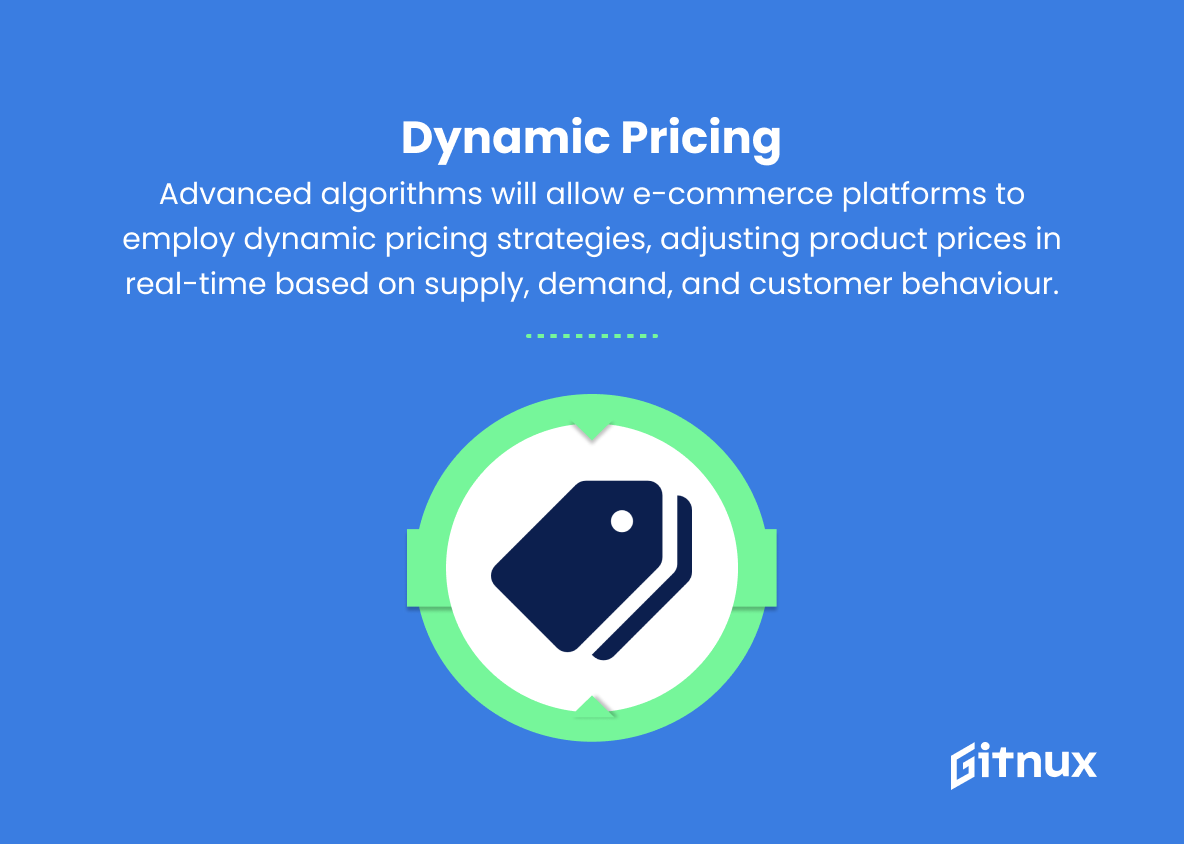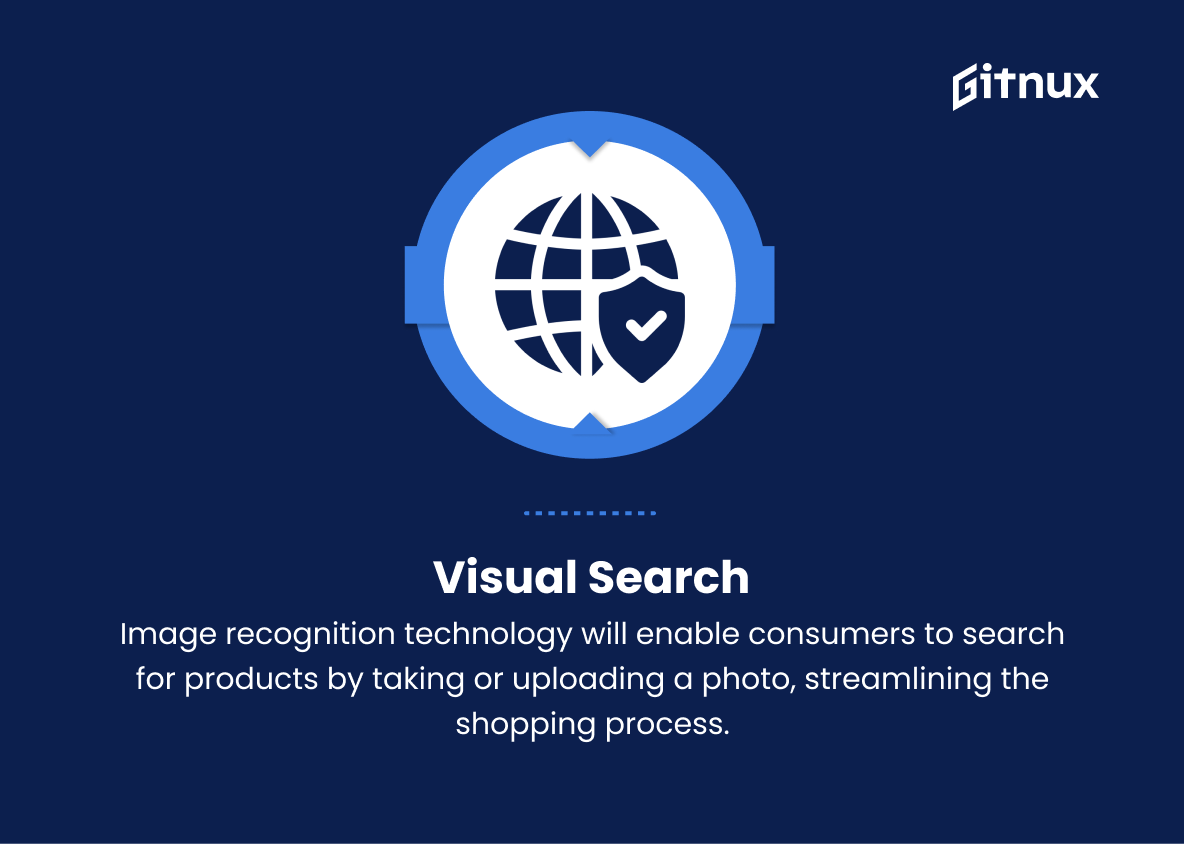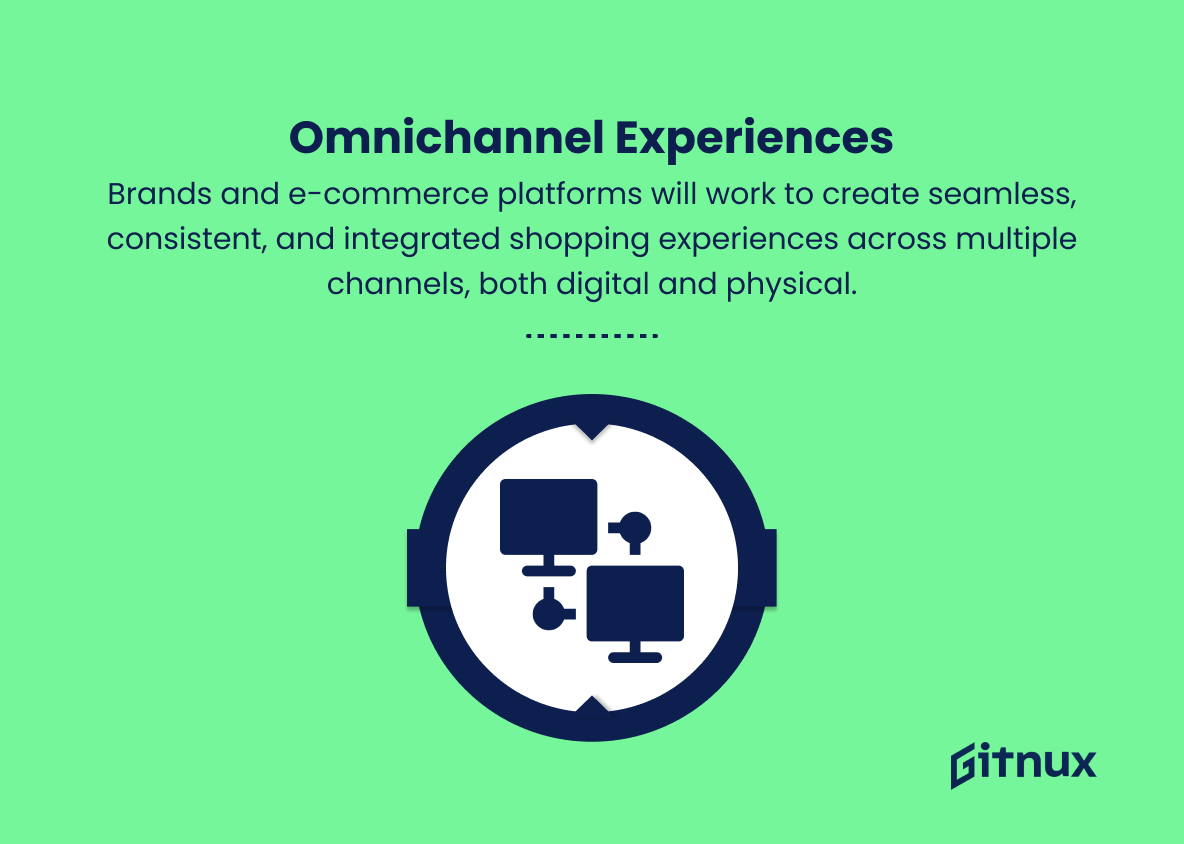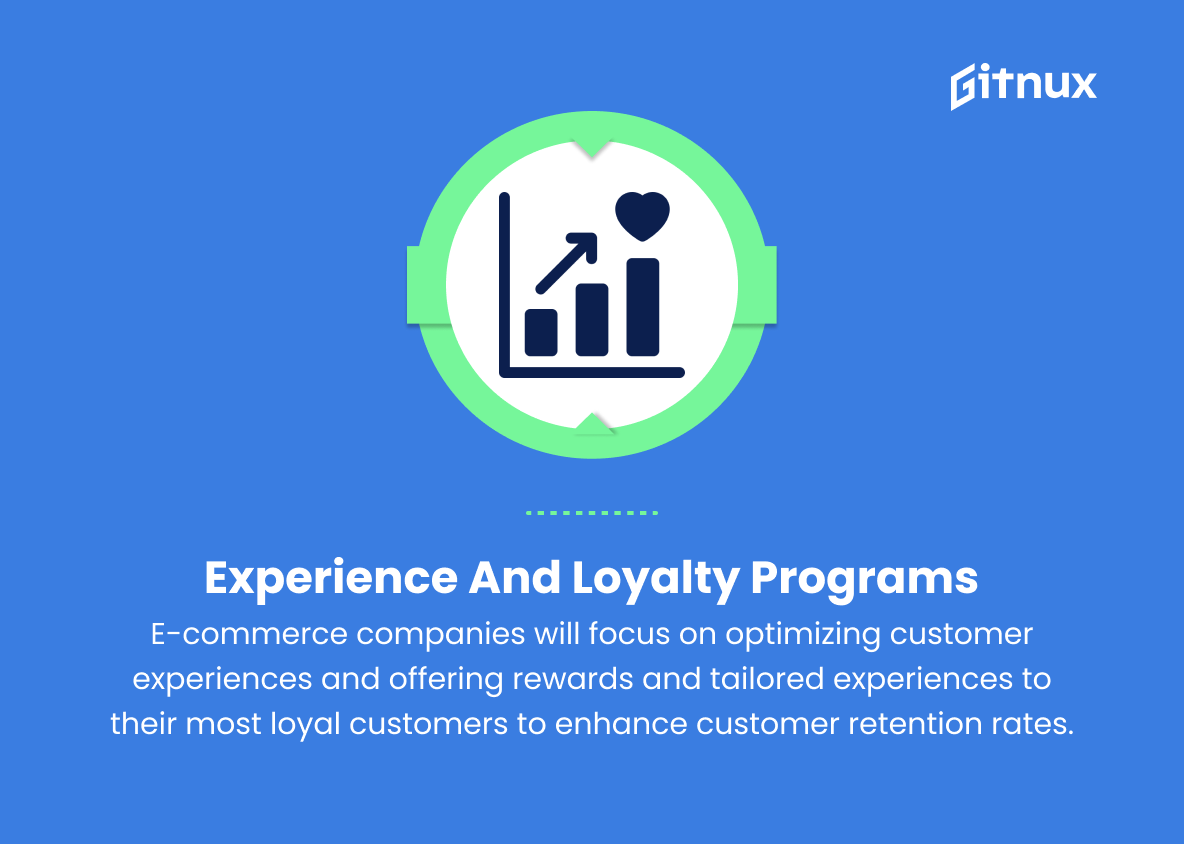The world of eCommerce is constantly evolving, as consumer preferences and technological innovations continue to shape the way we shop online. For brands and businesses operating within the consumer packaged goods (CPG) industry, staying abreast of the latest trends is critical to maintaining a competitive edge and thriving in the current digital landscape.
In this blog post, we’ll explore the most significant eCommerce trends that are shaping the CPG industry. We’ll also provide insights into how businesses can take advantage of these trends to stay ahead of the competition and achieve lasting success in the world of online retail. The post will cover topics like personalization, omnichannel strategies, sustainability, and data-driven decision-making. This analysis will serve as a valuable resource for CPG professionals looking to stay informed and make strategic decisions for their eCommerce initiatives.
Top CPG E-commerce Trends
1. Personalization
E-commerce platforms will increasingly use AI and machine learning to provide tailored shopping experiences for consumers, offering personalized product recommendations and promotions based on browsing and purchasing history.
2. Voice assistants and shopping
With the growth of voice assistants like Amazon Echo and Google Home, more people will be using voice-activated devices for shopping, allowing for easier and more convenient purchasing experiences.
3. Augmented and virtual reality
AR and VR technologies will be integrated into e-commerce platforms, providing immersive and interactive product previews and shopping experiences.
4. Social commerce
The integration of social media and e-commerce will continue to grow. Social media platforms will offer tools and features for businesses to sell directly to their followers, and consumers will increasingly rely on the opinions and reviews of their peers.
5. Subscription-based models
CPG e-commerce companies will increasingly adopt subscription-based business models, offering a recurring, scheduled delivery of products at a discounted price to consumers.
6. Mobile-first approach
With more people shopping on their mobile devices, e-commerce platforms will continue to optimize for mobile browsing and purchasing, ensuring seamless and user-friendly experiences for consumers on-the-go.
7. Sustainability and eco-friendly practices
CPG e-commerce businesses will place more emphasis on sustainable packaging, reducing waste, and promoting environmentally friendly practices to appeal to eco-conscious consumers.
8. Direct-to-consumer (DTC) sales
More CPG brands will engage in DTC e-commerce, bypassing traditional retail channels and providing consumers with a more personalized and direct brand experience.
9. Faster shipping and delivery options
CPG e-commerce companies will strive to offer faster shipping and delivery options, including same-day delivery, to meet the growing consumer demand for convenience and efficiency.
10. Blockchain technology
The use of blockchain technology will become more prevalent in e-commerce, offering heightened security for transactions and potentially reducing fraud.
11. Influencer marketing
Collaborations with influencers and content creators will continue to be an essential part of CPG e-commerce strategies, helping to drive brand awareness, engagement, and sales.
12. Dynamic pricing
Advanced algorithms will allow e-commerce platforms to employ dynamic pricing strategies, adjusting product prices in real-time based on supply, demand, and customer behaviour.
13. Visual search
Image recognition technology will enable consumers to search for products by taking or uploading a photo, streamlining the shopping process.
14. Omnichannel experiences:
Brands and e-commerce platforms will work to create seamless, consistent, and integrated shopping experiences across multiple channels, both digital and physical.
15. Customer experience and loyalty programs
E-commerce companies will focus on optimizing customer experiences and offering rewards and tailored experiences to their most loyal customers to enhance customer retention rates.
Implications
As we look to the future of CPG e-commerce, we can expect a significant shift towards personalization, with AI and machine learning playing a crucial role in tailoring shopping experiences to individual consumers. The rise of voice assistants, augmented and virtual reality, and social commerce will reshape how we interact with and discover products online. Businesses will increasingly adopt subscription-based models, mobile-first strategies, and sustainable practices, while direct-to-consumer sales and faster shipping options will enhance the consumer experience.
Blockchain technology and dynamic pricing will revolutionize the way transactions occur, and influencer marketing will be key for driving brand awareness. Visual search, omnichannel experiences, and a focus on customer experience and loyalty programs will ensure that e-commerce companies continue to innovate and provide seamless, engaging, and efficient shopping experiences for consumers in the rapidly evolving digital landscape.
Conclusion
In summary, the world of CPG eCommerce is rapidly evolving, with new trends constantly shaping the way businesses approach online sales and marketing. From advanced data utilization to an emphasis on sustainability, convenience, and digital customer experience, these trends are redefining the competitive landscape.
As the global consumption of goods and services continues to grow, businesses must keep abreast with these developments and adapt their strategies accordingly to ensure long-term success. By doing so, CPG eCommerce businesses will not only survive, but also thrive in the rapidly changing digital era.

